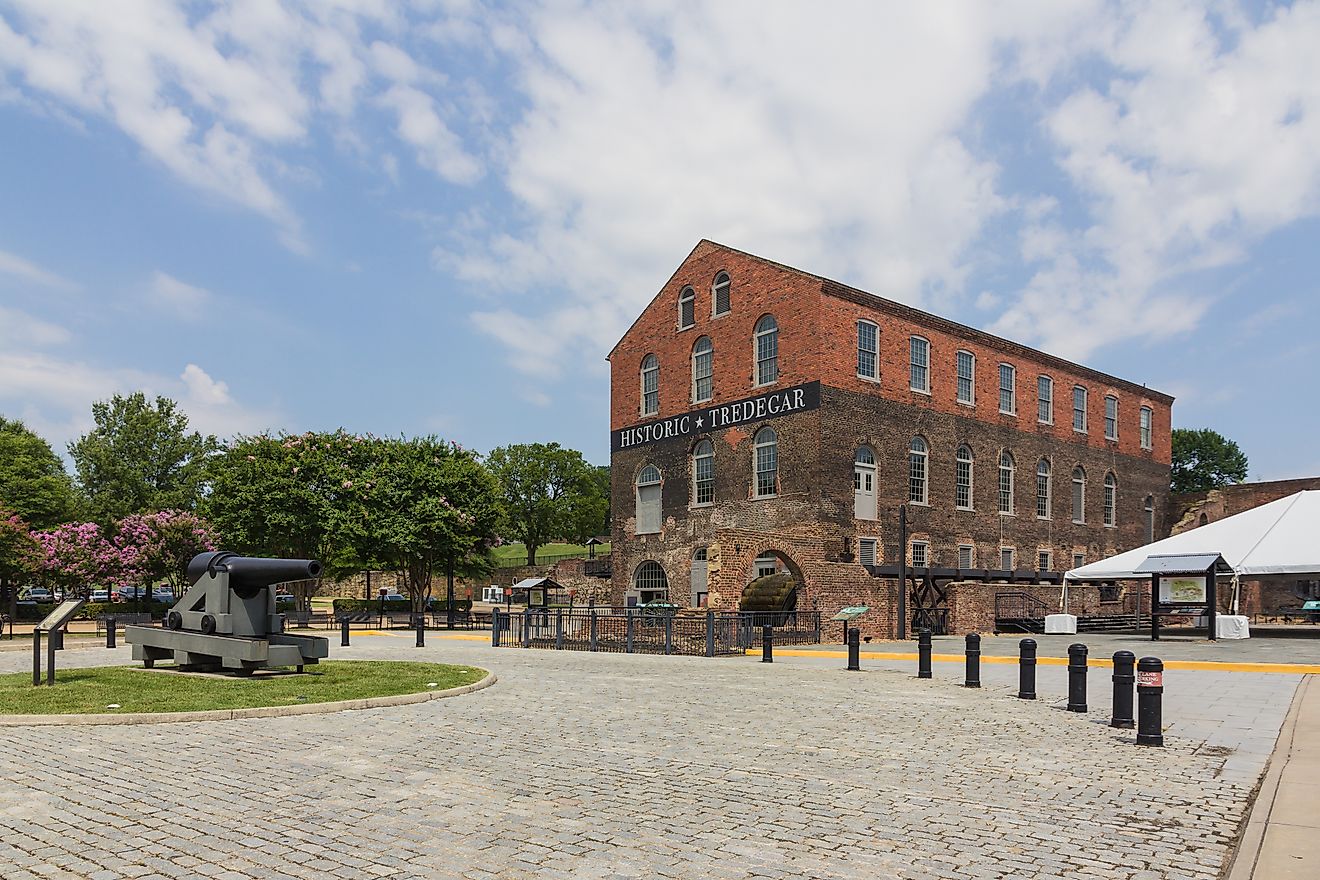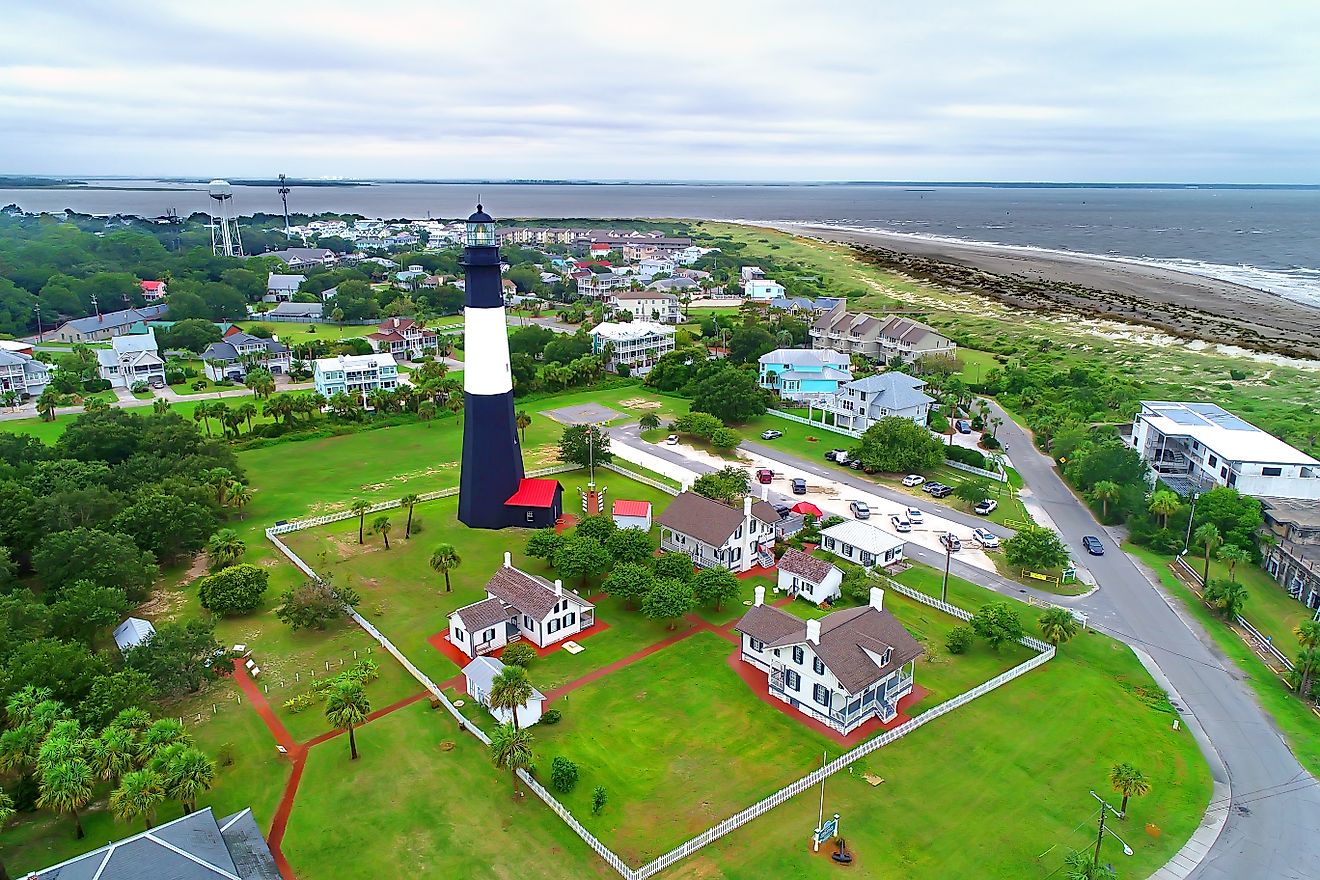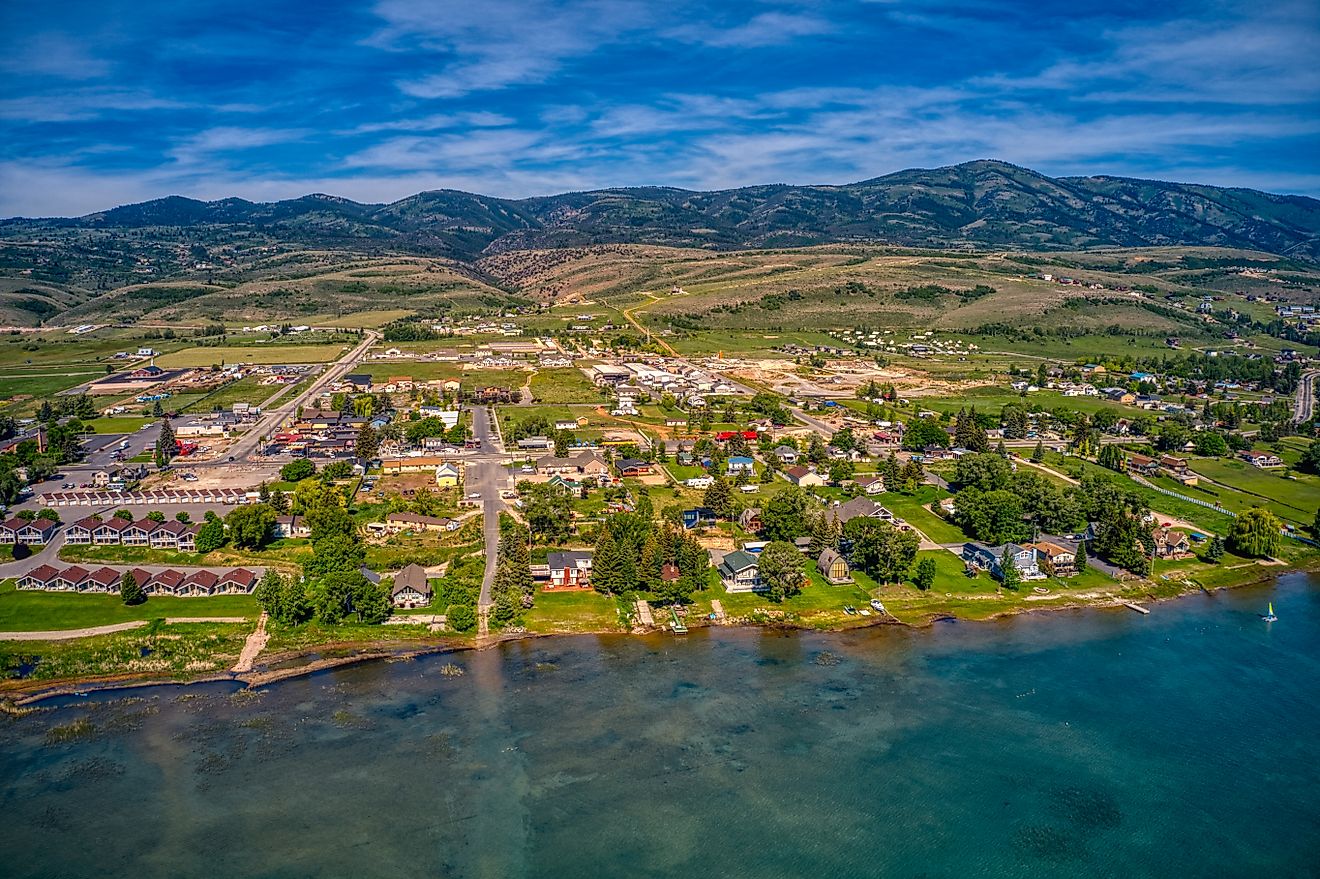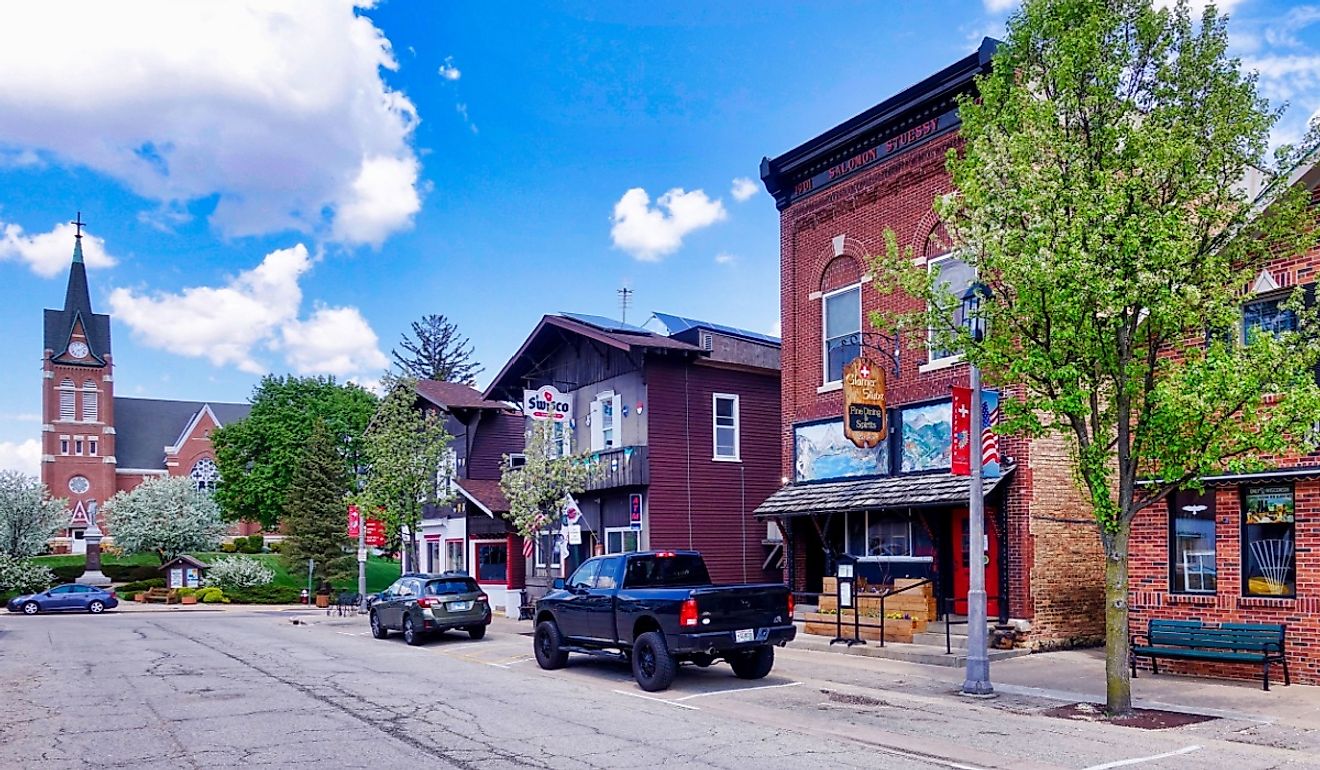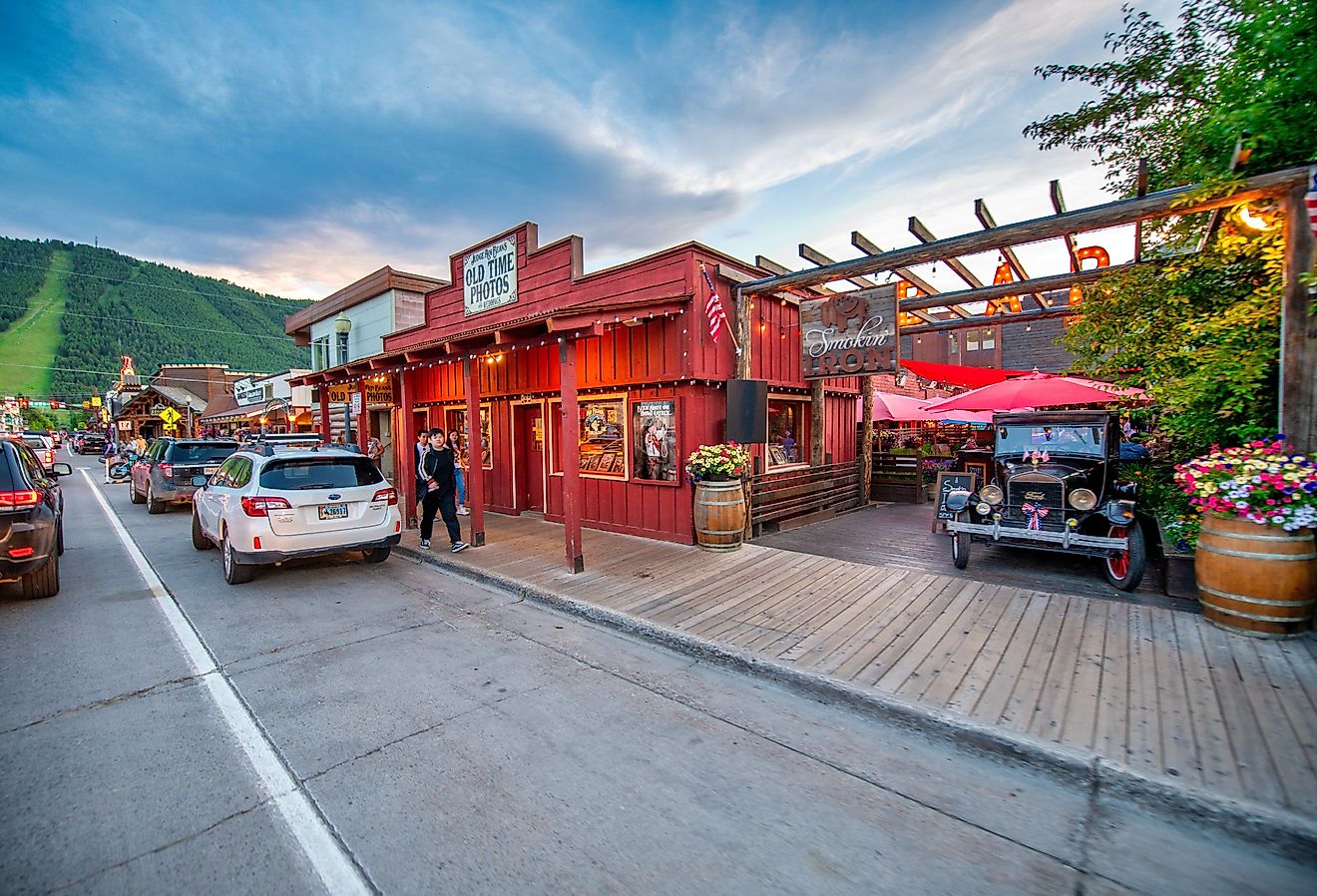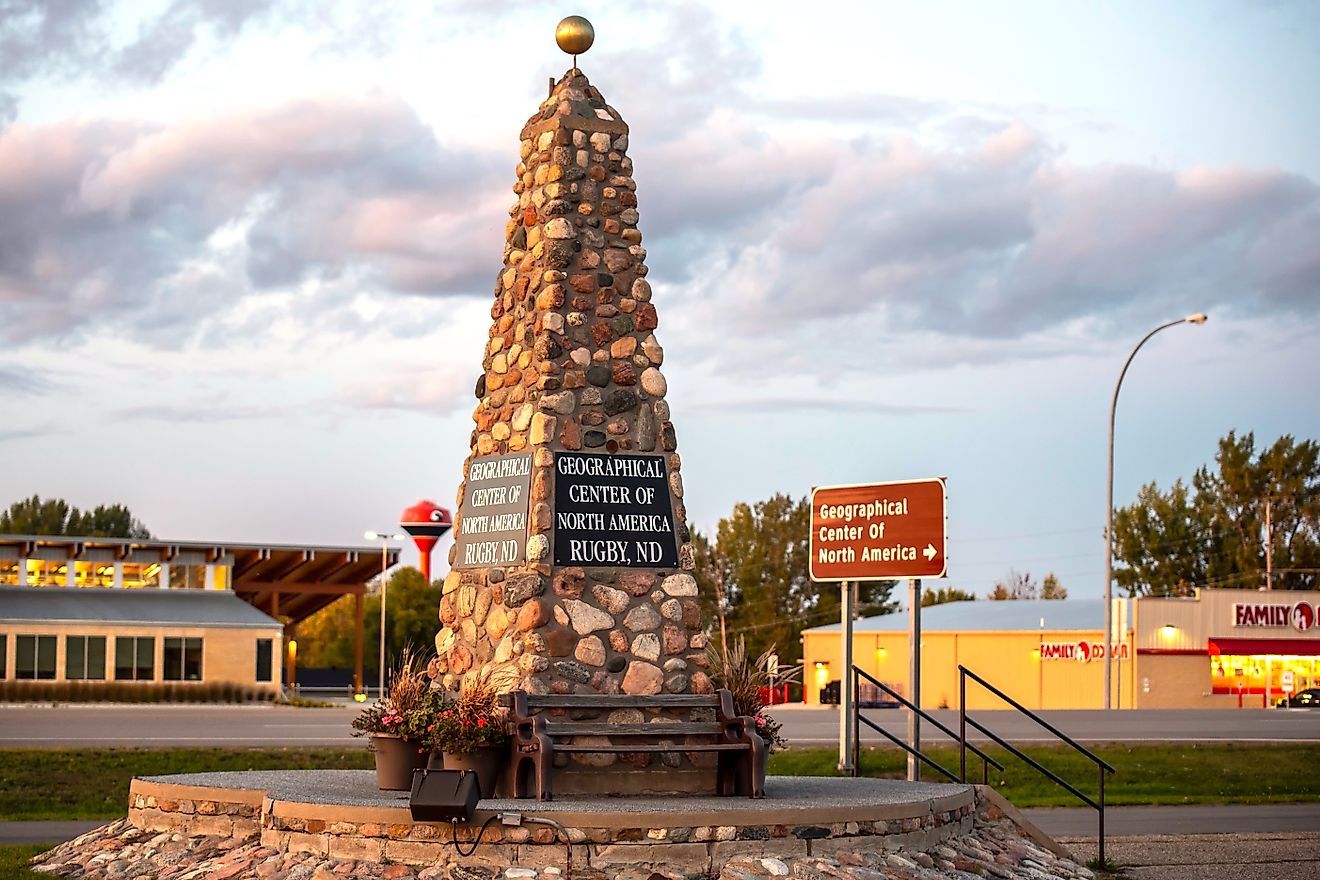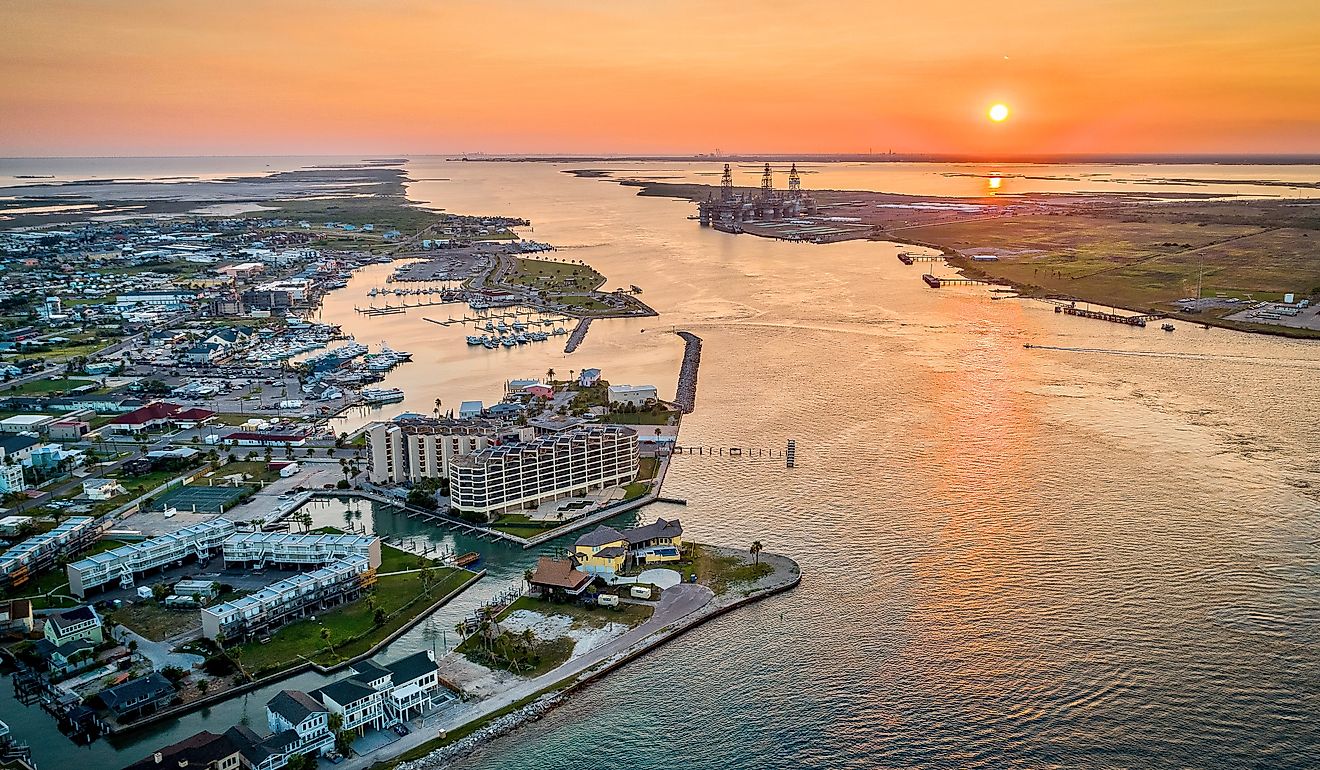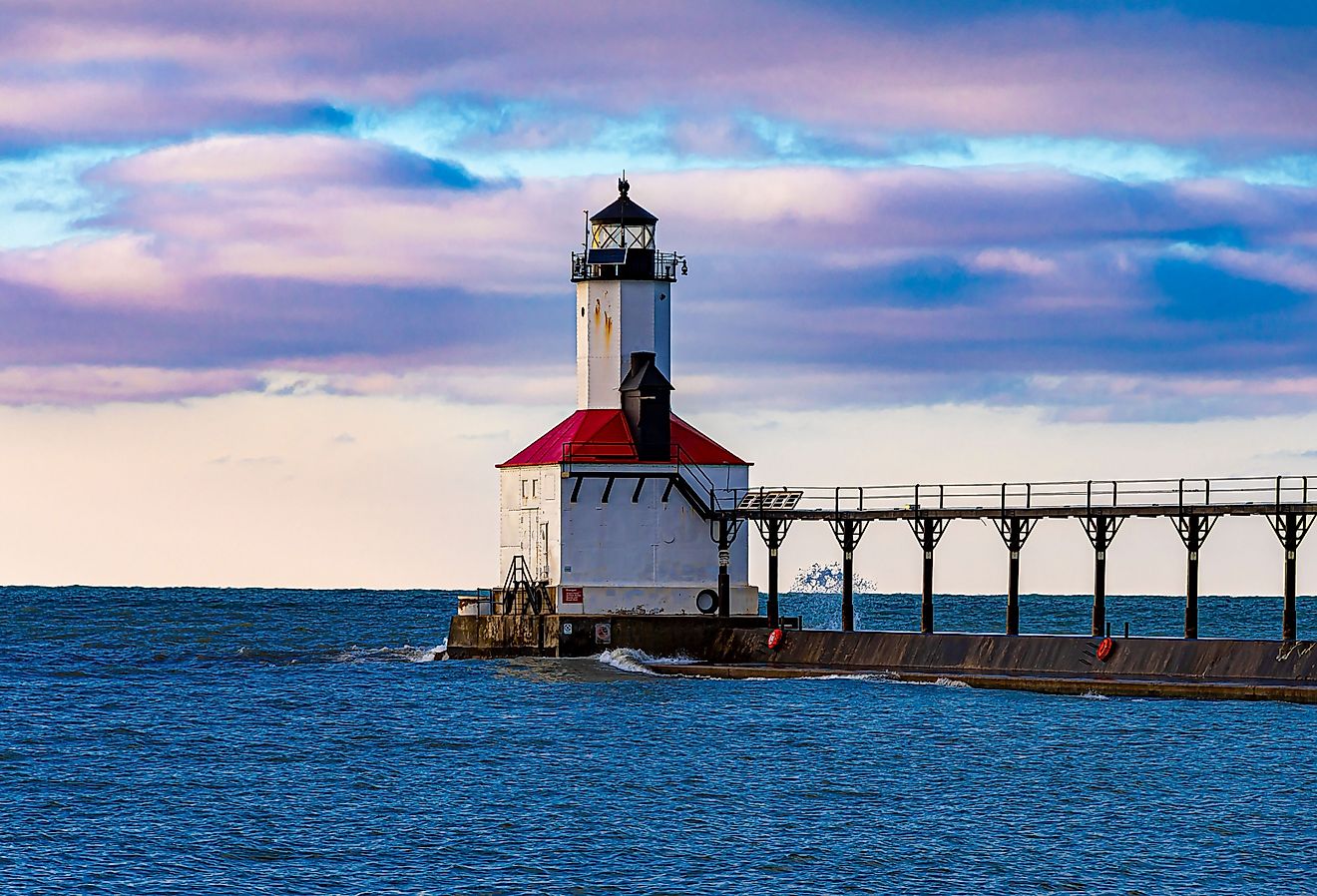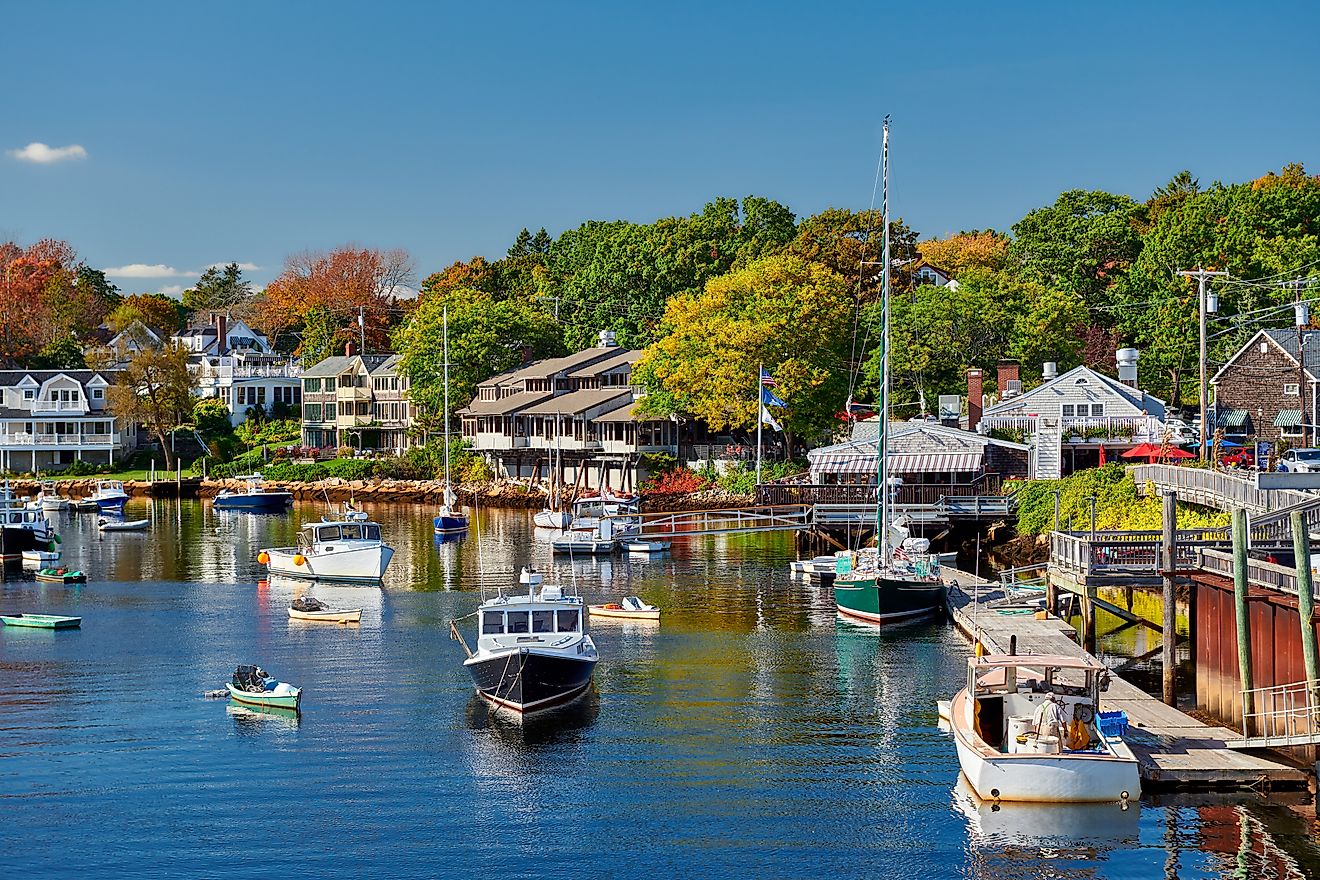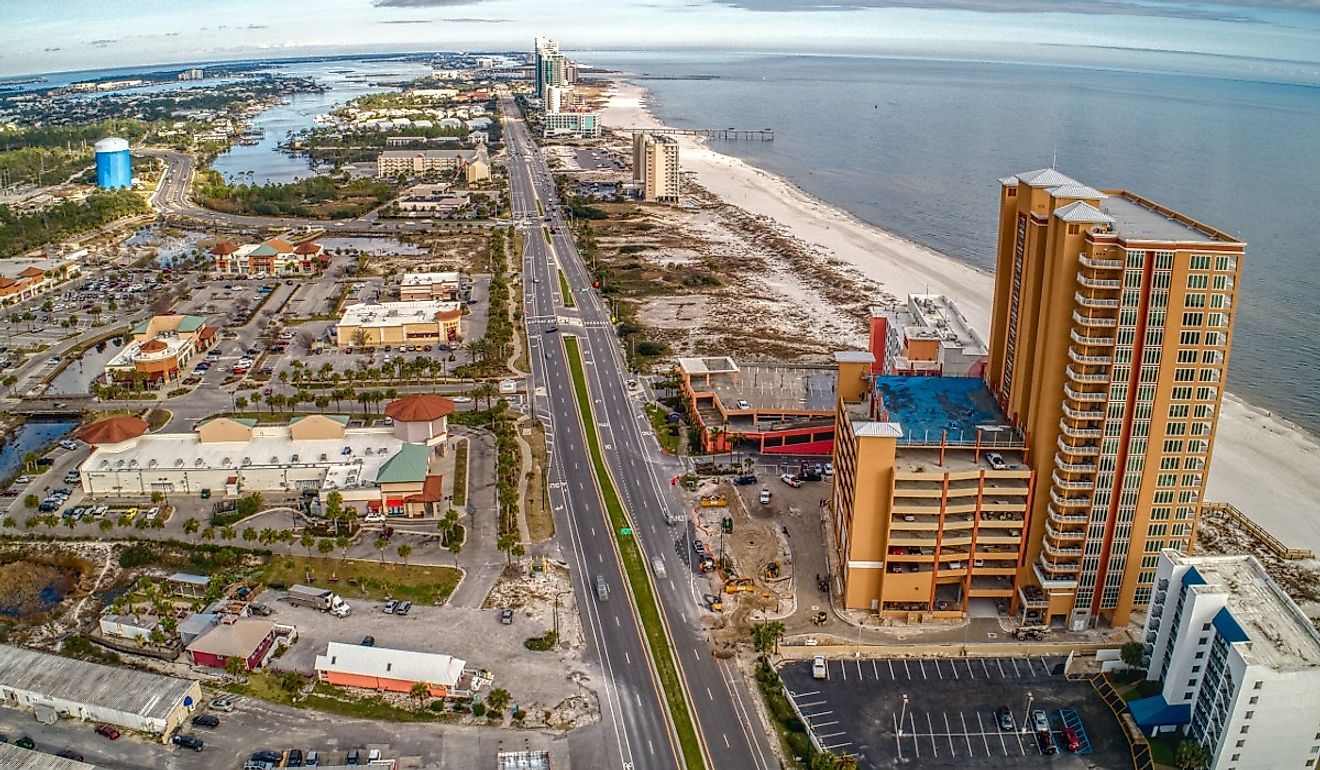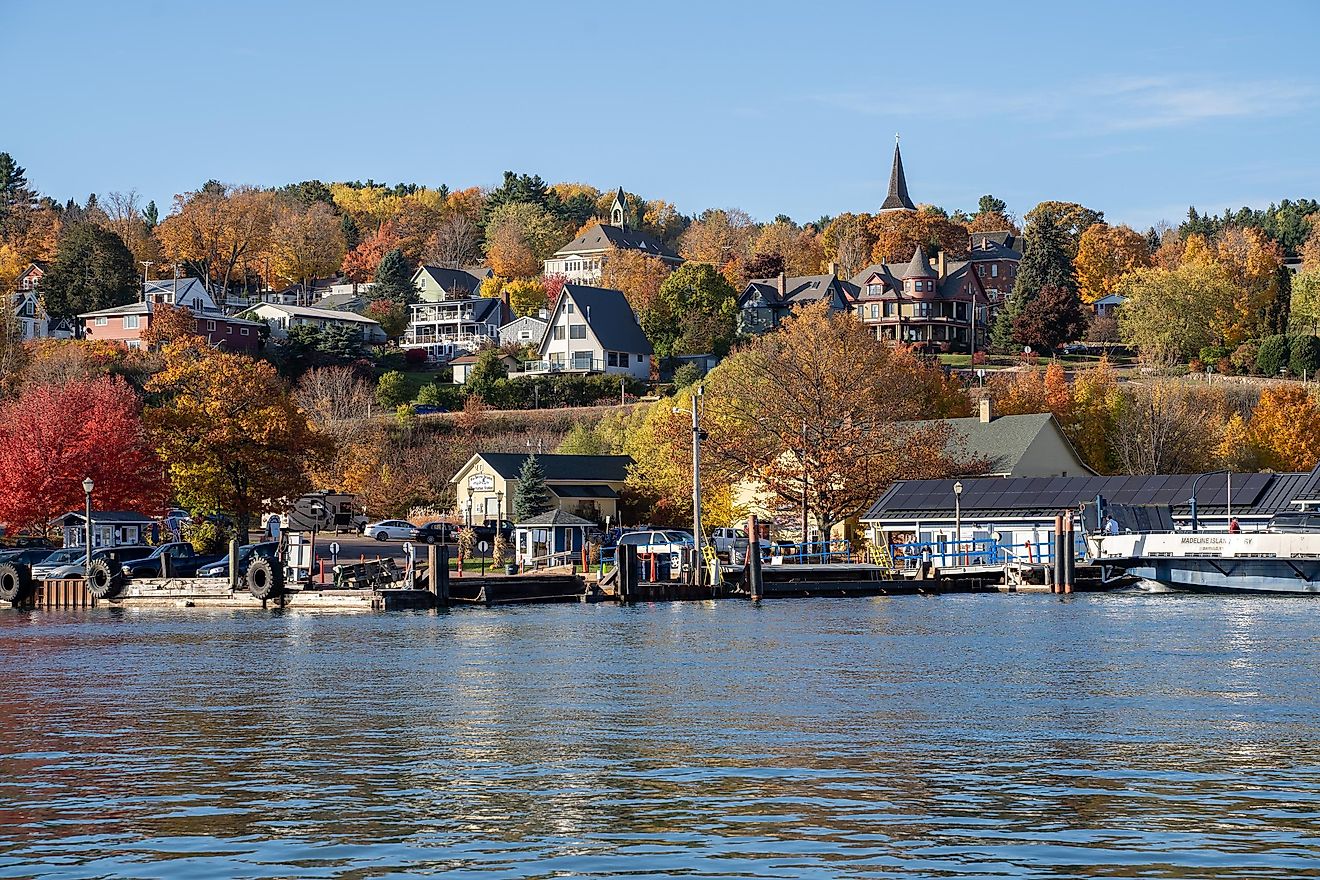
Gettysburg, Pennsylvania
On the surface, Gettysburg is just a small town in the southern part of the US State of Pennsylvania. But for those who are the students of American history, it is much more than that. Gettysburg is the town where the Battle of Gettysburg - one of the most pivotal battles of the US Civil War took place. It was a battle in which there were more casualties than in any other military engagement during the war that pitted Americans against each other. It was also a battle that turned the tide of the Civil War in favor of the Union and prevented the United States from being divided into two nations.
A Brief History of Gettysburg

The land on which Gettysburg is situated was purchased in 1736 by the family of William Penn, the founder of Pennsylvania. In 1761, a settler named Samuel Gettys from Ireland, opened a tavern in the area. Twenty-five years later, his son John laid out plans for a town that would be built around the tavern. This was the town of Gettysburg, which was named in honor of John’s father. The town was officially incorporated in 1806.
Gettysburg became a favored stopover for travelers, as it was built at the confluence of ten major roads. It also became a center of learning as several educational institutions were established in the town, including the Lutheran Theological Seminary (1826) and Gettysburg College (1832). Several industries also set up shops in the town, such as shoemakers and tanneries. By the year 1860, Gettysburg had a population of 2,400 people.
The most formative event in Gettysburg’s history occurred in the summer of 1863, during the US Civil War. Confederate General Robert E. Lee and his army had invaded the North. The Union army went to meet them, and the battle that ensued would change the course of the war. This was the Battle of Gettysburg.
The Battle of Gettysburg
General Lee had invaded the North with the objective of securing a great victory for the Confederacy. By doing this, Lee believed that the North would be demoralized and forced to negotiate a peace deal with the South that would permanently divide the United States into two. Lee’s army had 75,000 personnel. On June 30, 1863, Lee was informed that a Union army of 95,000 soldiers, led by Major General George G. Meade, was pursuing them. The two opposing armies would eventually face each other in Battle of Gettysburg, beginning on July 1, 1863.
The Confederate army attacked the Union army entrenched in Gettysburg, eventually driving them through the streets of the town to a defensive line known as Cemetery Ridge. On July 2, the Confederates launched separate, uncoordinated assaults on Culps Hill and Cemetery Ridge, both of which were unsuccessful. However, the Confederates did manage to advance in several parts of the area, including Peach Orchard, Wheatfield, Valley of Death, and Devils Den. At this point, the Union army line resembled a fishhook, which the Confederates were determined to flank. The Confederate army’s attempt to flank the Union army was halted, however, at Little Round Top.

Little Round Top was a strategic hill to the left of the Union army line. The Confederates’ plan was to flank the entire Union army by taking Little Round Top. If they succeeded, they may very well have won the entire Battle of Gettysburg. Little Round Top was defended by troops led by Colonel Strong Vincent. Among these troops was the 20th Maine regiment led by Col. Joshua L. Chamberlain. During the Confederates’ assault on Little Round Top, Chamberlain’s regiment was running out of ammunition. Thus, the colonel ordered a bayonet charge, pushing the attacking Confederate troops down the hill. This extraordinary military manoeuver was one of the most pivotal episodes of the US Civil War. It helped the Union army hold Little Round Top, thus preventing the Confederates from flanking them, and thereby defeating them.
The last day of the Battle of Gettysburg was July 3. General Lee decided to attack the Union army at what he believed was its weakest point, on Cemetery Ridge. This assault, however, was ultimately repelled and General Lee’s army was defeated. Two days later, Lee and his Confederate Army of Northern Virginia pulled out of the area. Thus, the Battle of Gettysburg ended. It was the bloodiest battle of the US Civil War, resulting in more than 50,000 casualties, including 8,000 fatalities, all of whom were soldiers. In fact, just one civilian death was recorded during the course of the battle.

The Battle of Gettysburg was a turning point in the US Civil War. It turned the tide of the war in the North’s favor, ultimately leading to the victory of the Union over the Confederacy, and preventing the division of the United States into two separate nations. In November 1863, a National Cemetery in Gettysburg was established. Dedicating this cemetery was US President Abraham Lincoln, who delivered a mesmerizing speech that came to be known as the Gettysburg Address.
Gettysburg Today

Gettysburg now has a population of just over 7,620. It is a popular tourist destination for people wanting to learn about one of the most important battles in the US Civil War. Much of the town’s Civil War heritage is showcased in the Gettysburg National Military Park, where visitors can tour sites in which important military engagements took place, and view monuments dedicated to those involved in the Battle of Gettysburg.
